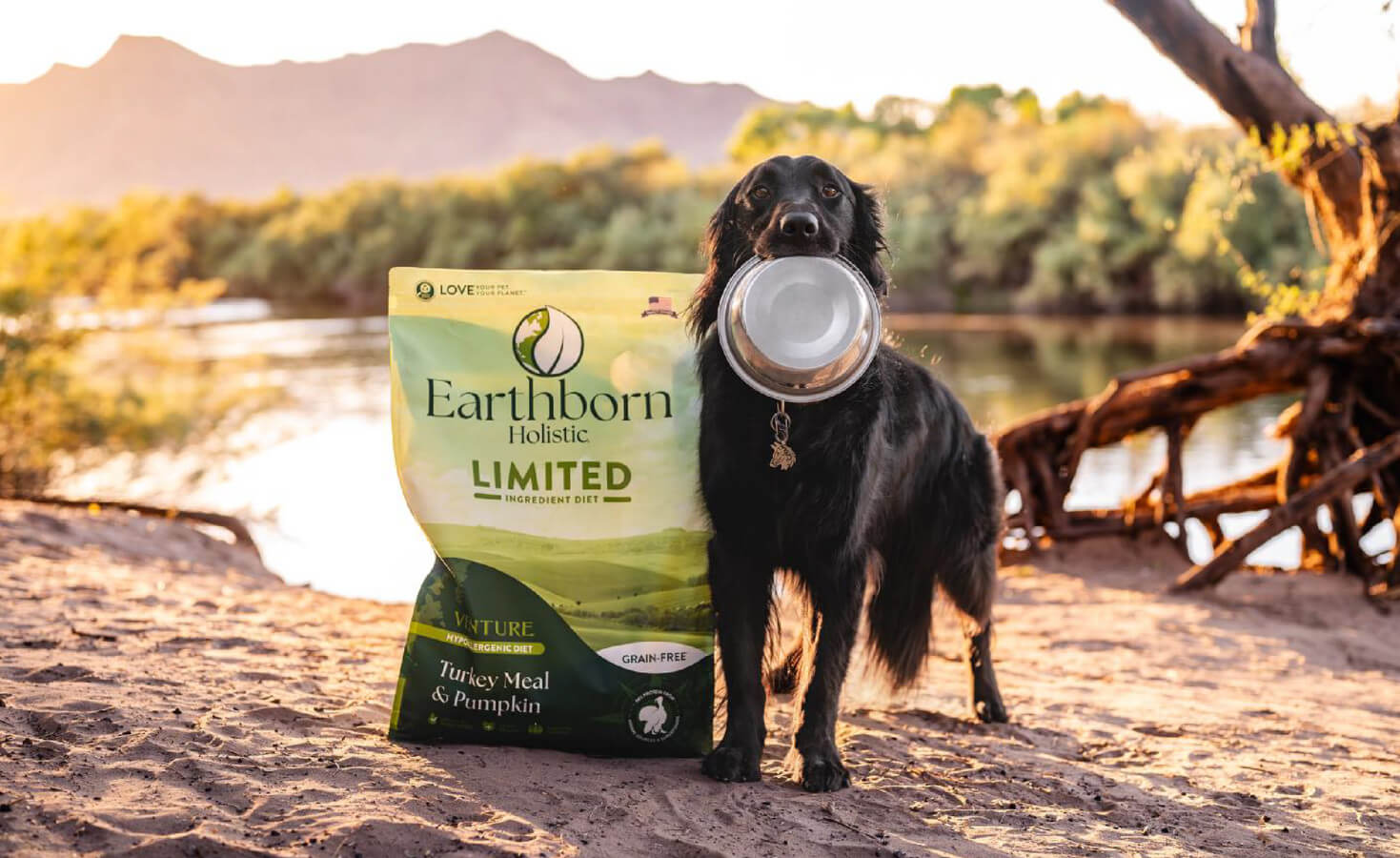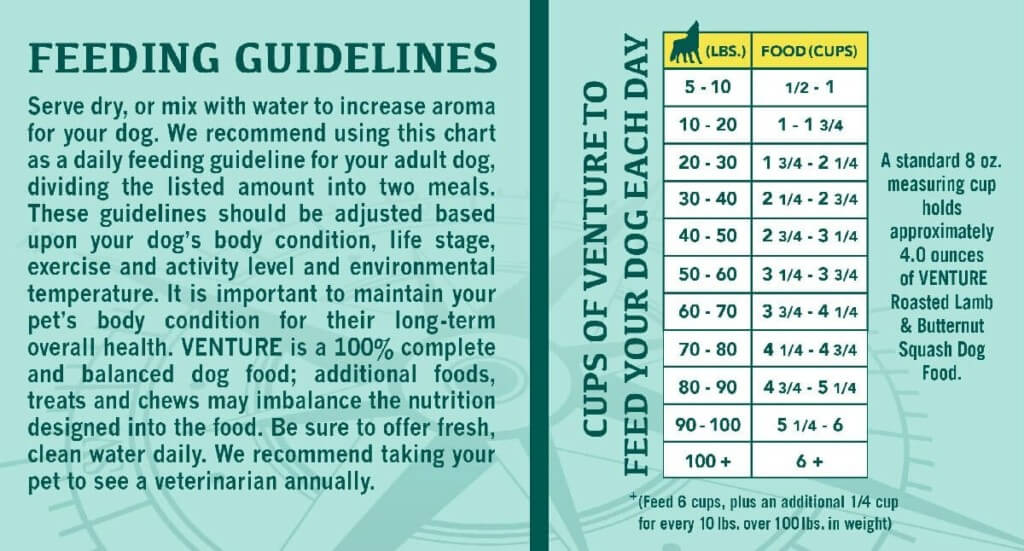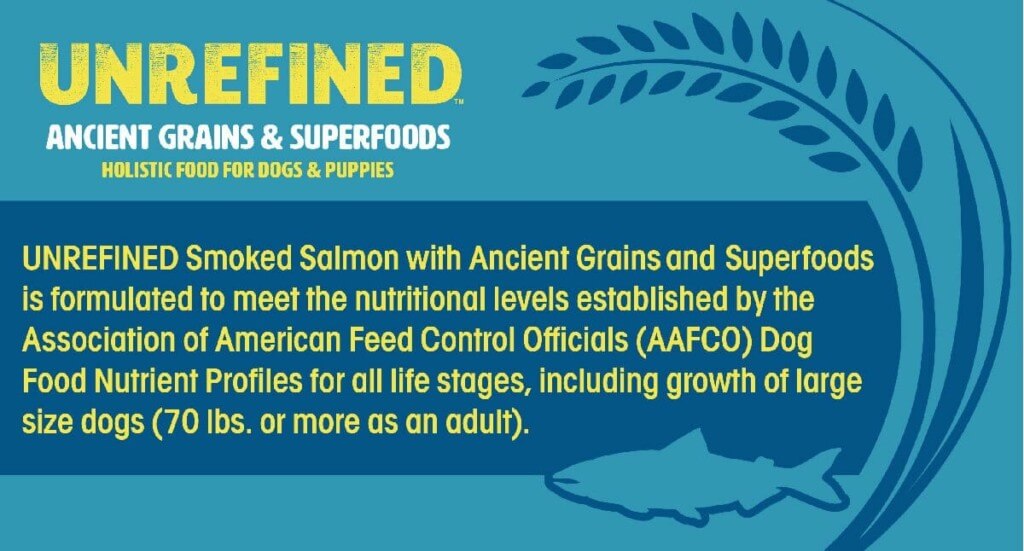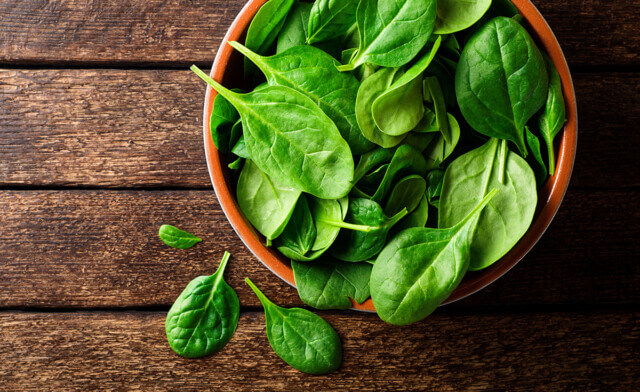How to Read a Pet Food Label

With so many dog and cat foods on store shelves, it’s easy for a lot of dog food labels and cat food labels to start sounding the same. When it comes to deciding on the food you will be feeding your pets, there are several things to keep in mind. Luckily, all this information can be found together in a super convenient place: the packaging label!
Learn how to decipher the common parts of a pet food label, understand AAFCO dog and cat food terminology and what to look out for and soon you’ll be on your way to feeding your pet a healthy meal!
Ingredients
Looking at the ingredients is an important first step, especially if your pet has allergies or other food sensitivities. But how are ingredients listed on a pet food label? Like human food packaging, all the ingredients are ordered from largest to smallest on the packaging label. The Association of American Feed Control Officials (AAFCO) requires that ingredients must be listed by the AAFCO-established names and definitions which are established so that consumers can easily compare products. This means that “chicken” on the dog food nutrition label of one product is the same form of “chicken” in another.
Guaranteed Analysis
The next thing to look at is the Guaranteed Analysis. The Guaranteed Analysis specifies the minimum or maximum levels of nutrients like protein, fat, fiber and moisture. These are the AAFCO’s four basic nutritional guarantees. In cat foods, the maximum percentage of ash (the mineral component), as well as the percentages of taurine and magnesium are included in the Guaranteed Analysis as these nutritional values are vital to a cat’s health. For dog foods, minimum percentage levels of calcium, phosphorus, sodium and linoleic acid are found in some products.
The AAFCO may also require additional guarantees to support claims made on the label. For example, claims such as “with calcium” or “high in vitamin E” would require minimum calcium or vitamin E guarantees. Pet food companies may also opt to add other guarantees voluntarily in the same order that the nutrients are listed in the AAFCO Dog or Cat Food Nutrient Profiles.
Companies can also include guarantees for ingredients not listed in the AAFCO Food Nutrient Profiles, but those ingredients include a disclaimer that states, “*Not recognized as an essential nutrient by the AAFCO Dog Food Nutrient Profiles.” For example, we often choose to guarantee the levels of Taurine in several of our dog recipes even though it is not required.
Feeding Guidelines
Knowing how much food to feed your dog or cat is important to know because it helps you from overfeeding or underfeeding your pet. Feeding guidelines for your pet food can be in the form of a paragraph, chart or both. The guidelines instruct you on how much of the food to give your cat or dog based on their weight. If the food you’re feeding is formulated for all life stages, there are feeding guidelines for each life stage. If you’re feeding your dog wet food, how much wet dog food you should feed will also be noted on the label.
For example, our Venture Roasted Lamb & Butternut Squash recipe is formulated for all life stages, so we include feeding charts for both adult dogs and puppies as well as a paragraph explaining instructions for other life stages and how to switch your dog or puppy to Venture from another dog food.

These guides should be adjusted based upon your pet’s body condition, life stage, exercise and activity level, and environmental temperature. Breed, temperament, environment, and many other factors can influence food intake. It’s recommended to take your dog or cat to visit your vet annually. Discussing these factors with your vet will help you decide how much food is the right amount for your pet, as feeding guidelines are intended to be recommendations, not rules.
Just as most humans are different and have different nutritional needs, your dog or cat is different, too!
Nutritional Adequacy Statement or AAFCO Nutrient Profiles
What is the Association of American Feed Control Officials (AAFCO)? AAFCO is a non-profit organization that sets nutritional standards for pet foods in the United States. However, AAFCO does not regulate, test, approve or certify pet food. It establishes model language that states, and other governing bodies may adopt into law.
According to the FDA, an AAFCO nutritional adequacy statement is one of the most important aspects of a dog or cat food label. Essentially, this statement confirms that your pet’s food is adequate enough to be fed as your pet’s sole nourishment and that the food gives your dog or cat all of the nutrients it needs.
Does Earthborn Holistic Pet Food Meet AAFCO Standards? As we stated earlier, AAFCO cannot approve any food, but it does provide guidelines that food has to meet in order to use certain phrases or to be certified in pet food categories. All of our cat and dog foods meet AAFCO standards, and you can find each recipe’s nutrition statement on our website.
An example of an AAFCO statement for our Venture Smoked Turkey & Butternut Squash recipe would be “Venture Limited Ingredient Diet Smoked Turkey & Butternut Squash is formulated to meet the nutritional levels established by the AAFCO Dog Food Nutrient Profiles for maintenance.” This means our Venture Smoked Turkey & Butternut Squash recipe can be fed to adult dogs with no additional supplements needed.
As another example, all four our UNREFINED recipes are formulated for all life stages, so the AAFCO nutritional adequacy statements on these dog food labels read, “UNREFINED Smoked Salmon with Ancient Grains and Superfoods is formulated to meet the nutritional levels established by the AAFCO Dog Food Nutrient Profiles for all life stages, including growth of large size dogs (70 lbs. or more as an adult).” This means our UNREFINED Smoked Salmon with Ancient Grains and Superfoods can be fed to adult dogs and puppies, including large breed puppies.

For a food to be classified as all life stages, it must pass a certain protocol used by the AAFCO to determine if the food has the nutrient content necessary to fully support multiple stages of life. These are gestation, lactation, growth, and maintenance. A food with this classification may be used for a pet in any of these life stages so long as the correct amount is fed. However, certain specific life stage foods may be more appropriate in meeting the nutritional needs of large breed dogs/puppies, small breed dogs/puppies, and those needing to maintain or lose weight.
What Should I Feed My Pet?
With all this in mind, you might still be a little unsure of what dog or cat food is best for your pet. This is a common feeling, as no two pets are exactly the same! They all have unique personalities and preferences in food. What works best for your neighbor’s dog might not work that well for your dog… and that’s okay!
Being knowledgeable about what’s in your pet’s food will help you make a more informed decision and choose a healthy meal you can feel confident feeding your dog or cat.
If you think Earthborn Holistic might be the right food for your pet, but want a little extra help in deciding which recipe to try, please send us a message! We’d love to get to know you and your furry family more to help with your decision!




